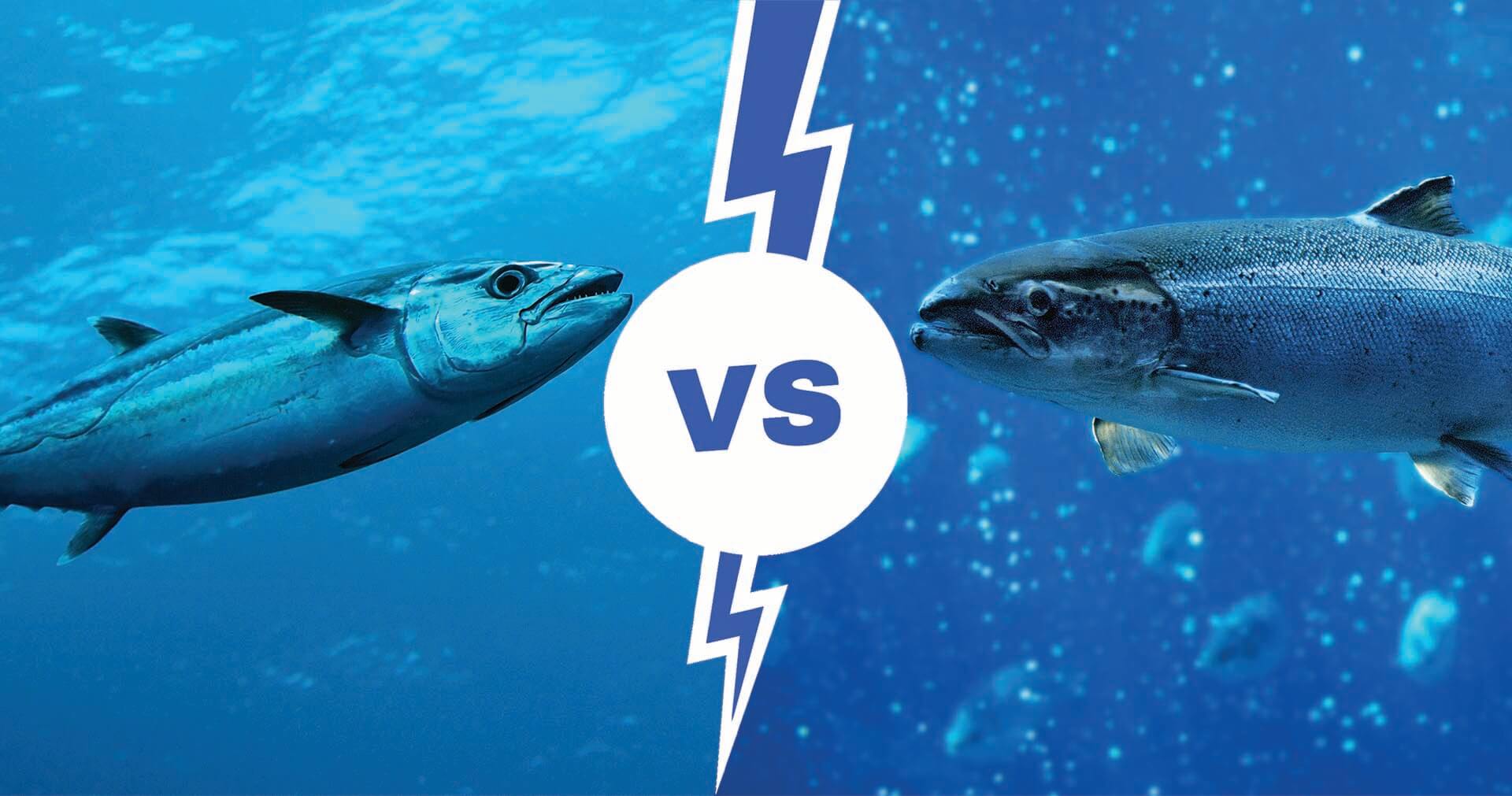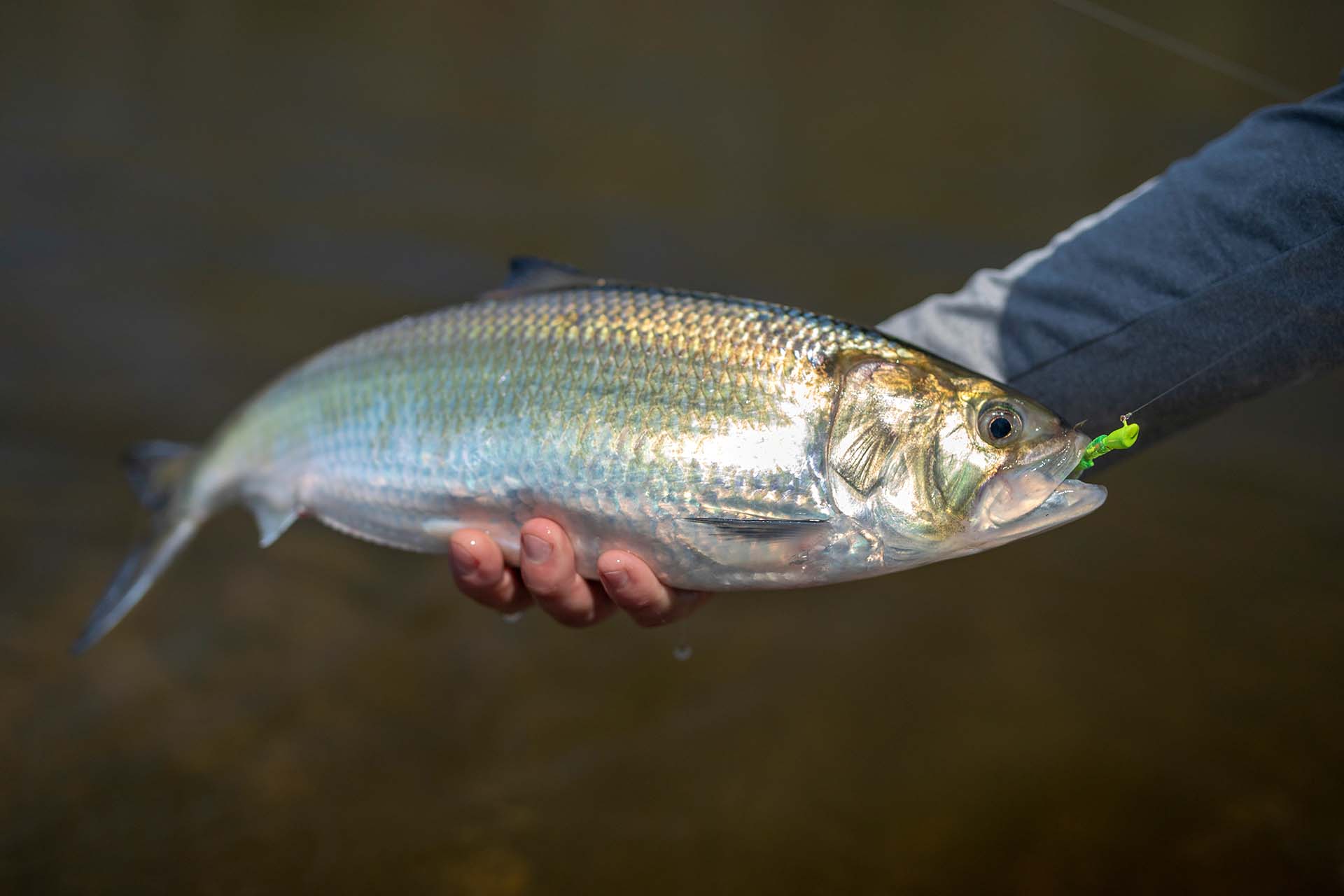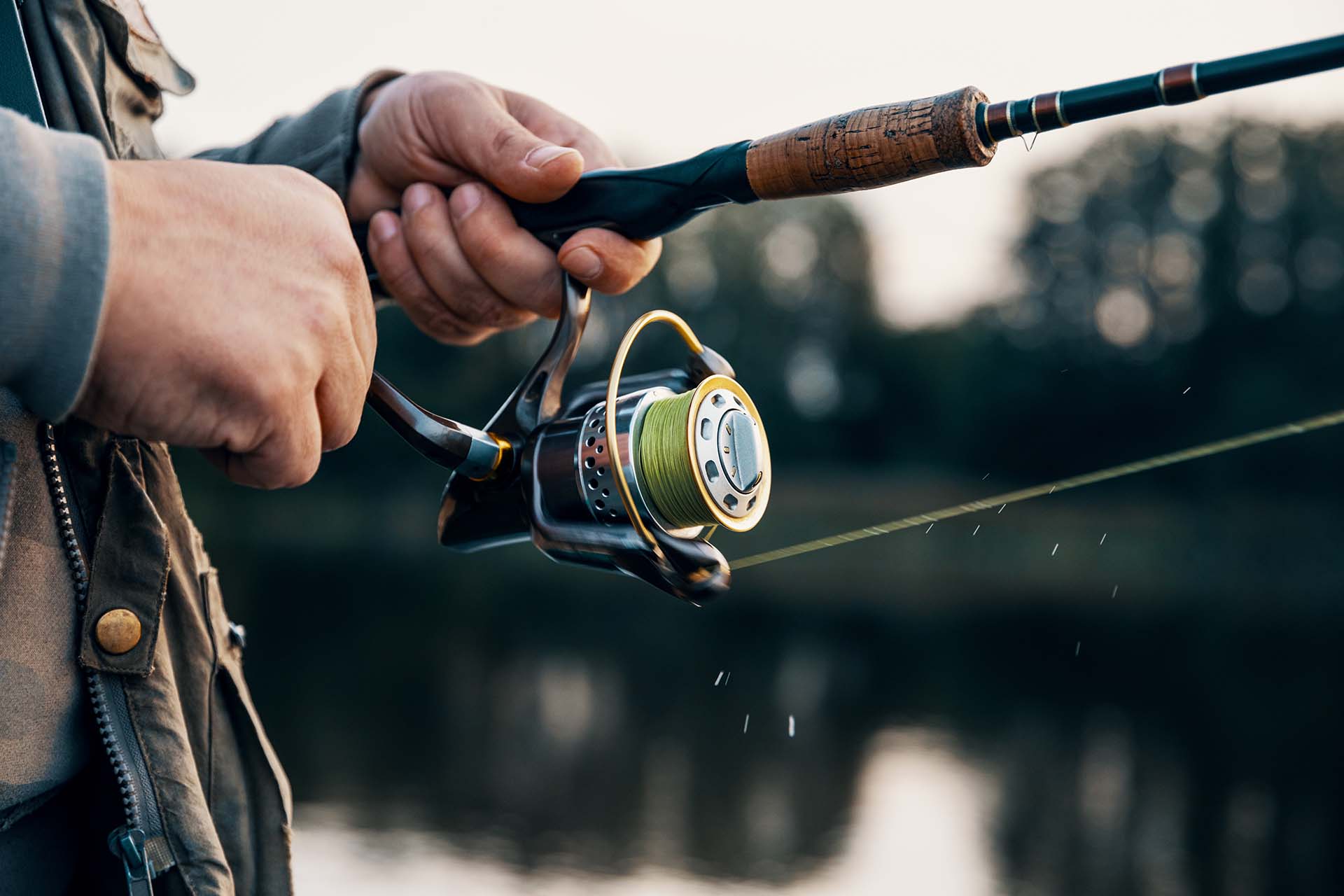When it comes to diving deep into the blue, unraveling the enigmatic creatures of the sea can be an exciting nautical adventure. Albacore vs. tuna – it’s a match of fin and scale as well as an intricate dance of nature’s design. Let’s glimpse into the nuanced distinctions that crown these aquatic royals.
Albacore is a part of the tuna family, but there are a few important aspects that set these species apart. While they share the open waters and swim jaw-dropping lengths, albacores tend to delve into greater depths. Trolling is a great technique to land both, but there are plenty of other methods that are tailored specifically for each of them. Their culinary roles also differ, with albacores shining in canned creations, while other species take the spotlight as traditional sushi ingredients.
Albacore Tuna vs. Tuna – What’s the Difference?
Yes, you read that right – albacore is technically tuna. Known in official scientific lingo as Thunnus alalunga, this elusive fish species proudly wears the badge of longfin tuna. In other words, every albacore is a tuna, but flip the script, and not every tuna is an albacore.
Albacores are the middle kids of the tuna family, sitting comfortably between the smaller skipjack and the more grandiose yellowfin in terms of size. As for their looks, each flaunts a unique set of physical traits that make them stand apart.
Before we get into any more detail, here’s a little sneak peek into their underwater runway:
| Species | Albacore | Tuna |
|---|---|---|
| Size | Up to 50 inches long | Up to 10 feet long |
| Weight | Over 75 pounds | Some species can be over 500 pounds |
| Body Shape | Streamlined | A more rounded shape |
| Coloration | Silver | Yellow, blue, and other variations |
The Family of Tuna Includes Plenty of Distinct Underwater Creatures
Tunas, the mighty warrior of the deep, encompass a wide range of distinct saltwater species, each with their own unique traits. Most of them showcase a robust and muscular physique, painted in shades of dark blue to black on top, fading into a shimmering silver belly.
The immense strength and speed of this elusive creature are evident in its powerful tail fin, propelling it through the ocean’s expanse. As a testament to its grandeur, some species can grow to astonishing sizes, making them the heavyweight champions of the open seas.
Besides albacore, here are some of the well-known species that are a part of this fascinating family:
- Pacific bluefin,
- Atlantic bluefin,
- Skipjack,
- Yellowfin,
- Blackfin.
Albacores Are Easily Recognized Because of Their Distinct Metallic Palette
With their slender physique and silvery sheen, albacores possess streamlined elegance that sets them apart from the rest of the family. Sporting a distinguished elongated pectoral fin and a metallic palette that glistens in shades of silver and white, this fish species tends to be on the smaller side of the spectrum. Its subtler size, when compared to its larger relatives, marks it as a distinct member of this aquatic clan.
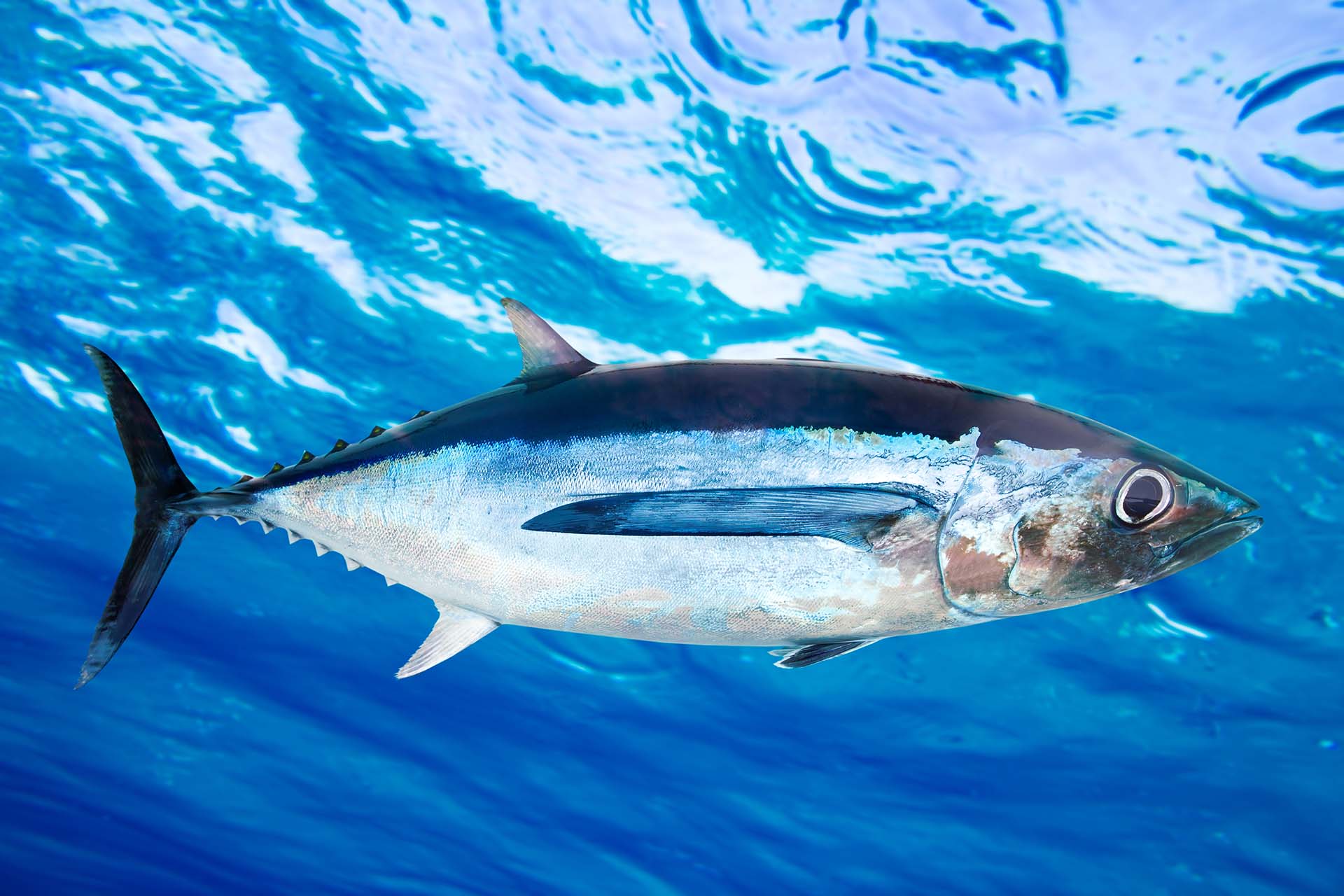
Albacore vs. Tuna – Preferred Habitats and Overall Distribution
Albacores and their cousins, members of the tuna family, spend their lives in various saltwater environments. While each species may have its own favored spots, they all share a common love for open waters, preferring to roam the pelagic realm rather than staying close to the sea floor.
Here’s an overview of some common species of tuna and their preferred habitats:
| Species | Habitat |
|---|---|
| Pacific bluefin | The North Pacific Ocean, from the West Coast to East Asia |
| Atlantic bluefin | North Atlantic Ocean and most of the adjacent seas |
| Skipjack | Tropical and subtropical areas of the Atlantic, Pacific, and Indian Ocean |
| Yellowfin | Tropical and subtropical areas of the Atlantic, Pacific, and Indian Ocean |
| Blackfin | Western Atlantic Ocean, from the East Coast to Brazil |
Albacores Tend to Reach Greater Depths Than Other Species in the Family
Certain members of this family, including albacore, tend to venture into the depths. This species is all about that deep-sea life, with some adults hanging out at depths of at least 1,250 feet while on the lookout for their next meal.
Their love for the depths stems from the fact that temperature is a major factor in determining the preferred habitats of this species. Albacores can be spotted in tropical and temperate waters across the Pacific, Atlantic, and Indian Oceans. These ocean travelers are quite the globetrotters – when it comes to the Atlantic Ocean alone, they can be found from Ireland to South Africa, and from Nova Scotia to Argentina.

Are There Any Major Differences in Migratory and Feeding Habits?
When it comes to maturity and lifespan, most tunas typically hit maturity around the age of 5 and can live well beyond 20 years. However, the average lifespan is somewhere around 15 years, which is the case for most species in the family. Albacores have a slight disadvantage in this department, usually living between 10 and 12 years.
These Species Are Some of the Most Enduring Swimmers of the Ocean
All tunas are highly migratory, making these ocean dwellers true endurance athletes. With speeds that often exceed 50 miles per hour, they’re among the fastest swimmers of the entire aquatic realm.
As juveniles, typically aged between 2 to 4 years, tunas embark on their long journeys, covering thousands of miles. After a few years of feeding and growth, they reverse their migration path. For example, albacores usually start their migration cycle in spring and early summer off Japan’s shores. They move into inshore waters along the US Pacific coast by late summer, only to return to the western Pacific Ocean by late fall and winter.
Tunas Are Known to Be Opportunistic Feeders
Tunas are opportunistic feeders, devouring whatever prey they come across. When residing near the ocean’s surface, their primary diet consists of squid. Meanwhile, those dwelling in deep waters tend to feast on cephalopods and small panfish. However, given the chance, they’ll readily consume a wide range of marine delicacies:
- Mackerel,
- Bluefish,
- Sardines,
- Crab,
- Crayfish.
Although tunas have poor eyesight, they lurk on their next meal using their strong sense of smell. Also, most species tend to be more active at night, taking rest during the day, so fishing at night is sometimes the best technique to go for.
Albacores Can Sometimes Fall Prey to the Members of Their Own Family
Albacores rank as apex predators, primarily feasting on schooling species like sardines, squid, and anchovies. To sustain their high metabolism, they consume vast quantities of food, often devouring up to 25 percent of their body weight daily. However, even these formidable predators can find themselves on the menu, facing larger fish species such as sharks, billfish, and even other tunas.
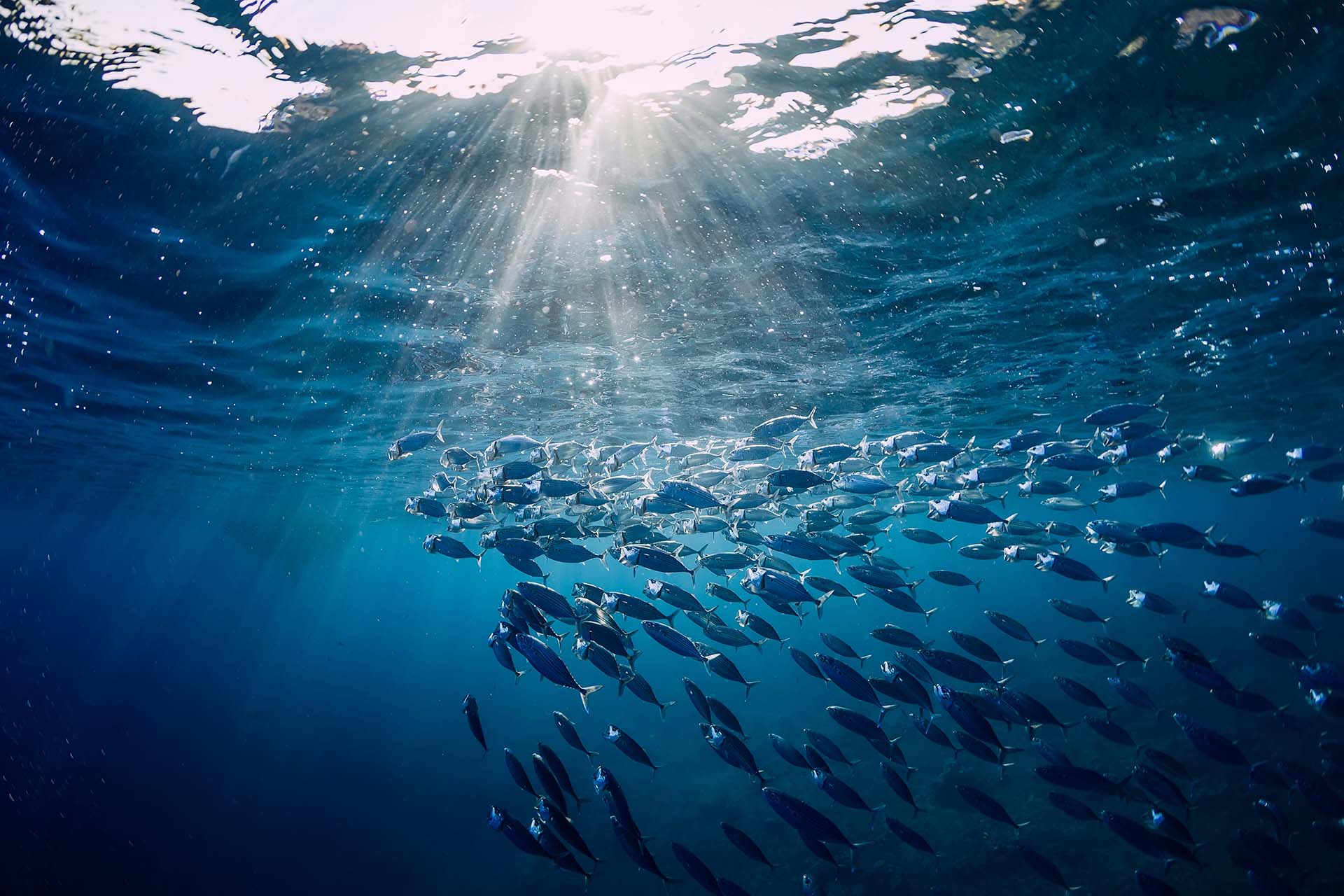
Tuna vs. Albacore – Equipment and Fishing Techniques for Catching These Elusive Species
When it comes to any species of this family, trolling is a widely employed fishing technique. This method entails trailing a lure or baited line behind a moving boat, allowing anglers to cover a vast expanse of water proactively.
To prepare for trolling, you’ll need a set of sturdy fishing rods, smooth reels, heavyweight lines, a selection of lures, and suitable weights. When fishing on a boat, durable and strong rod holders can be a great helping hand. Also, the inclusion of a downrigger or outrigger becomes essential, allowing you to submerge your lure to greater depths.
Chumming and Jigging Are Also Pretty Effective Techniques for Catching Tunas
When pursuing the ocean’s fastest swimmers, chumming and jigging emerge as effective fishing styles to secure those prized catches. Chumming involves the release of chum, a mixture of fish parts and blood, into the water to lure fish to a specific area. This triggers a feeding frenzy, rendering the fish more receptive to your homemade bait.
Jigging, on the other hand, entails manipulating a specialized lure in the water, causing it to move vertically and mimicking the motion of prey. For a fruitful day on the water, ensure your jigs replicate the favored meals of your target, like crayfish or herring.
Most Anglers Employ Fishing Nets to Land Albacore
As already mentioned, the preferred technique of all tuna species, including albacore, involves trolling in the deep ocean using fresh bait such as mackerel, sardines, herring, and squid. Besides that, here are some other viable methods:
- Gillnetting – these fishing nets are set vertically in the water, allowing fish to swim into them but preventing their escape due to their gills becoming entangled,
- Pole and line – this species can be caught using a traditional setup, which means that sometimes a good fishing rod with a hook and bait is all you need to catch this fish individually,
- Longlining – this technique involves setting a long mainline with numerous baited hooks attached at intervals, making it a good setup to catch the fish in large quantities.
The Differences in the Flavor Profiles and Culinary Uses
When it’s time to dive into the culinary showdown, one thing stands out – the difference in flavor profiles of these species and how we use them in the kitchen. Albacore is more of a canned champ. With its mild taste, it’s the go-to for canned tuna dishes or recipes where it plays a supporting role.
On the other hand, many other species from this family are sought after for raw consumption, particularly in traditional sushi restaurants. This is the biggest distinction in the kitchen, especially when it comes to skipjack tuna vs. albacore. Sure, albacores can be found in sashimi or sushi, but other species are better suited to these applications. But don’t write off this fish completely, because it brings plenty of delightful culinary possibilities to the table:
- Albacore salad with leafy greens and cherry tomatoes,
- Grilled albacore steaks smoked to perfection,
- Albacore poke bowl with sushi rice and creamy avocado.
Reeling It All in and Unpacking the Ocean’s Differences
As we cast our lines into the world of oceanic wonders, it’s clear that these fascinating species have their own unique stories. From their watery realms to the way they take the bait, each fish dances to its own tune. And when it’s time to whip up a delicious dish, remember, it’s all about working with those distinctive flavors. Whether you’re chasing a catch or savoring a seafood delight, embrace the diversity of the deep blue – there’s a treasure trove waiting beneath the waves!

